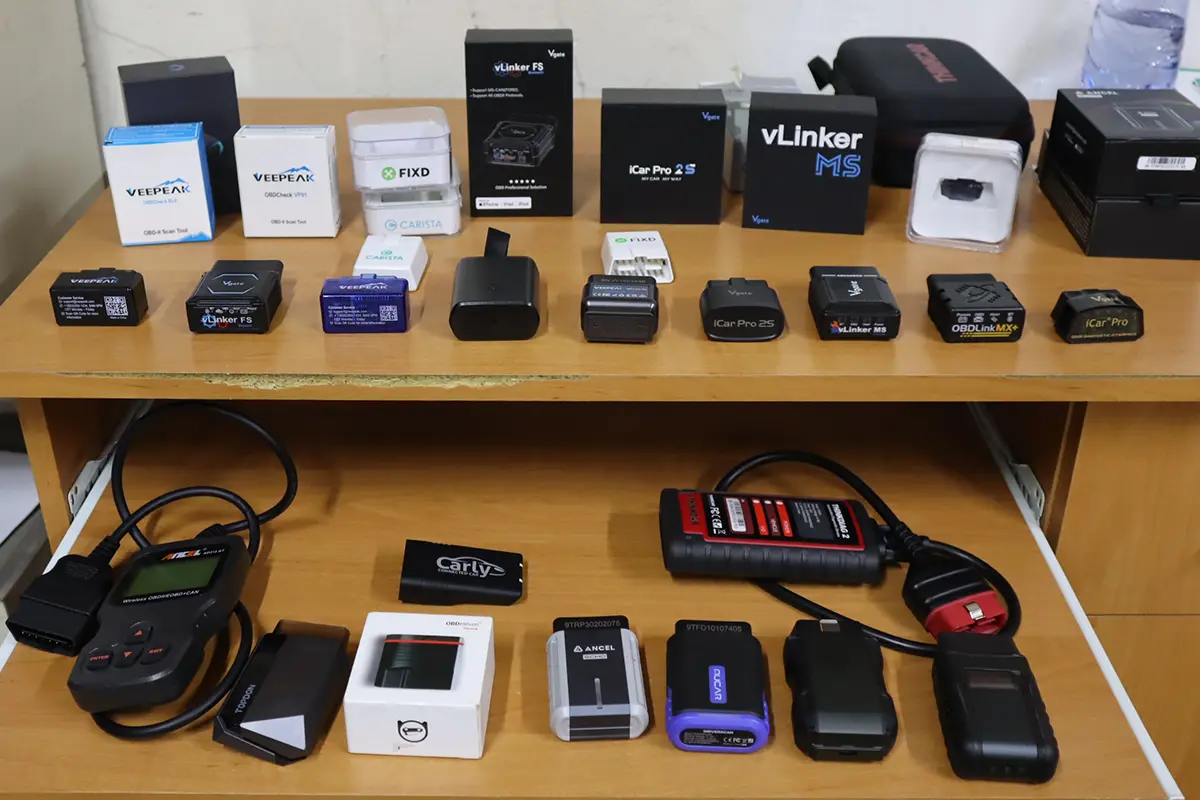The P0BF6: Drive Motor “B” Phase V Current Sensor Circuit Range/Performance fault code indicates that the phase V current sensor in Drive Motor “B” is operating outside its expected range. This may be due to a malfunctioning sensor, issues with the control module, or wiring and circuit problems. If this issue is not addressed, it can lead to improper motor operation, reduced efficiency, or potential damage.
P0BF6 – Quick Overview
| Code | Information |
|---|---|
| Meaning | P0BF6: Drive Motor “B” Phase V Current Sensor Circuit Range/Performance |
| Is it serious? | Yes, improper sensor performance can lead to motor inefficiency or damage. |
| Possible causes | – Phase V current sensor performance issue – Faulty sensor or control module – Wiring or circuit problems |
| How to diagnose? | – Verify the range and performance of phase V current sensor – Test the sensor and control module – Inspect wiring and connections |
P0BF6 Meaning
The P0BF6 code indicates that the phase V current sensor in Drive Motor “B” is not performing within its specified range. This sensor monitors the electrical current through phase V of the motor, ensuring that the motor operates efficiently. A performance issue with the sensor could be due to sensor malfunction, wiring issues, or a control module fault. If left unresolved, it could lead to motor performance problems or potential damage.
Step-by-step diagnostic guide
| Action | Description | Tools Needed |
|---|---|---|
| Check for Other Codes | Use an OBD-II scanner to check for any additional fault codes that might provide more context or insight into the issue. | OBD-II Scanner |
| Verify the Range and Performance of Phase V Current Sensor | Use a diagnostic tool to measure the output from the phase V sensor. Compare the readings with the manufacturer’s specifications to confirm proper performance. | Multimeter, Diagnostic Tool |
| Test the Control Module | Ensure that the control module is receiving and processing data correctly from the phase V sensor. A fault in the control module could affect sensor performance. | OBD-II Scanner, Multimeter |
| Inspect Wiring and Connections | Visually inspect the wiring and connectors for any signs of damage, corrosion, or loose connections that could affect the sensor’s performance. | Flashlight, Multimeter, Safety Gloves |
| Check for Circuit Issues | Test the sensor’s circuit for any open or short circuits that could be causing improper sensor performance. | Multimeter, Wiring Diagram |
| Clear the Code and Test Drive | After completing repairs, clear the code using an OBD-II scanner and test drive the vehicle to ensure that the issue is resolved. | OBD-II Scanner, Vehicle Owner’s Manual |
| Recheck for Codes | After the test drive, re-scan the system to ensure that the P0BF6 code does not return. | OBD-II Scanner |

OBD-II scanner Buyer’s Guide
- Scanner features explained
- Different types of scanners
- Scanners for coding/odometer/ECU/checks
- Best picks + discount codes

Hi, I am Juraj “Yuri” Lukacko. I got frustrated by unhelpful and scammy mechanics, so I decided to learn everything about car diagnostics myself. I test dozens of new car diagnostic tools every month along with learning new strategies to fix and customize cars. About Juraj Lukacko (Yuri)